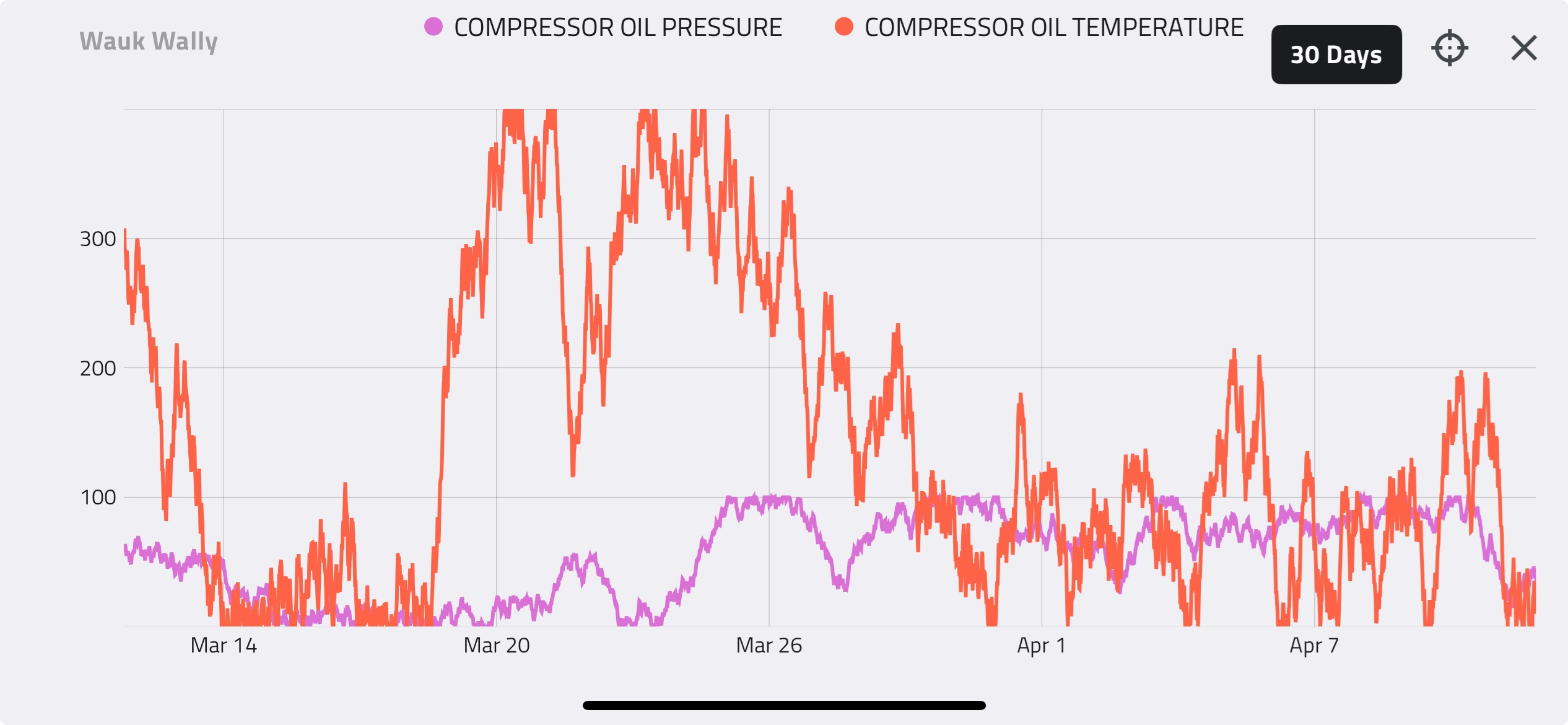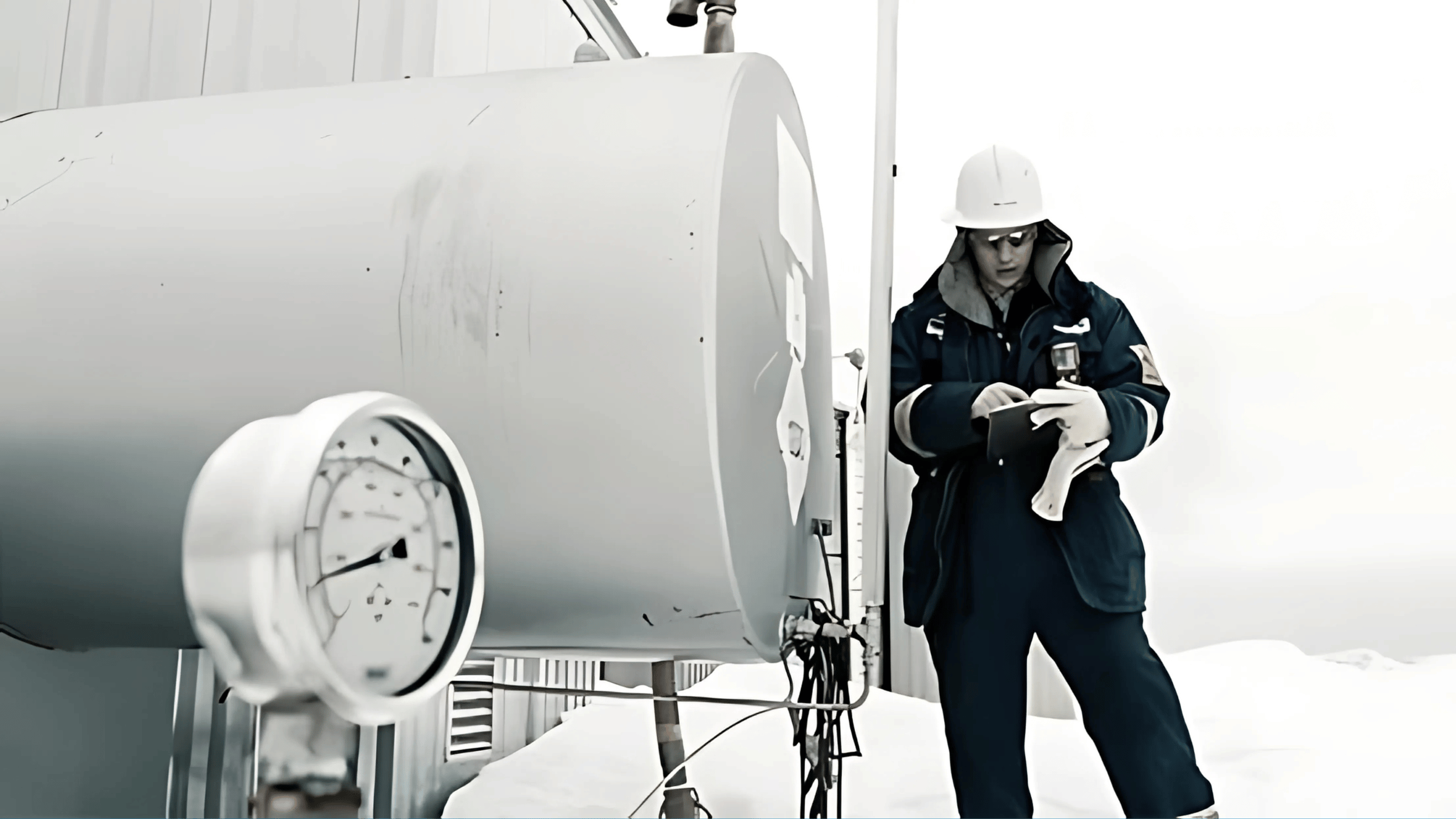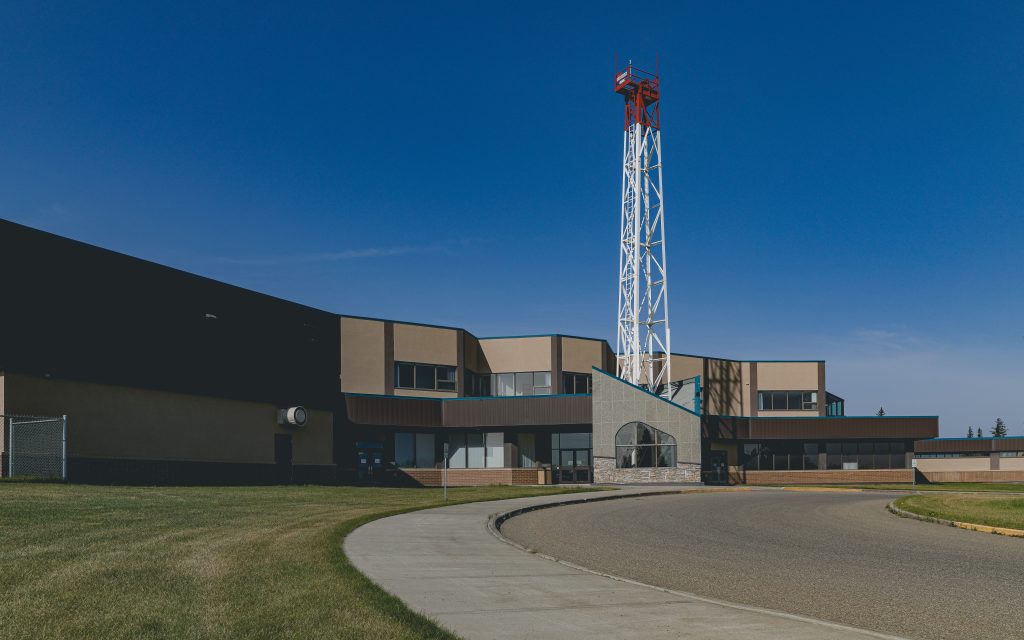Houston, TX |
You’ve probably heard your Engineering Account Manager or another subject matter expert like your production engineer, a mechanic, an applications engineer from the packager, or your lead operator tell you that adding clearance using spacers, fixed volume clearance pockets, or variable volume clearance pockets reduces the capacity of that cylinder. Maybe you’ve taken that at face value, but intuitively, shouldn’t more volume inside the cylinder mean that more gas gets through? I definitely struggled with wrapping my head around that until someone drew some pictures on a whiteboard and walked me through what actually happens in a cylinder during the intake stroke.
Before diving in, here are some potential goals behind considering adding clearance, and please note that this is not an exhaustive list:
- you're at or near max HP and you have more gas available in your suction line;
- you've got high discharge temperatures and you'd like to shift work to a previous stage;
- you've got high rod loads and you want to alleviate them;
- you're trying to cripple your compressor, to move the available amount of gas, at a target suction pressure, using the smallest amount of HP.
With that, let’s first look at a compressor cylinder with no clearance added. In the picture below, we can see that there is a little bit of clearance between the piston face, and the cylinder wall, and the pressure of the gas in that cavity is the discharge pressure.

Now in the picture below, as the piston starts moving to the left, the suction valve remains closed until the pressure inside of the cylinder expands and is just below the suction pressure. Valves in a reciprocating compressor open and close based on pressure differential since they are essentially check valves.

Once the pressure inside of the cylinder is just below the suction pressure, the valves open up and new gas enters the cylinder for the remainder of the time that the piston travels to the right.

From here, the piston changes direction, starts moving to the right, compressing the gas until it is slightly above the discharge pressure, and then the discharge valves open, allowing gas to be pushed to the next stage of compression, or directly into the sales line. This is the complete compression cylinder for one rotation of the frame’s crankshaft.
Now let’s take a look at how things change if clearance is added to the compressor cylinder. Right before the piston starts moving to the right, in the diagram below, we can see that there is much more gas at discharge pressure trapped in the cavity.

As the piston starts moving right, the gas starts to expand, however because there is more gas in the cavity, the piston must move farther to the left before the gas hits a pressure where the suction valves start to open.
Because more of the piston’s stroke is required to expand the gas, a smaller portion of the stroke is used to take in more gas. This is why the compressor cylinder’s capacity decreases and your Engineering Account Managers are always available to answer further questions, and more importantly, help you to determine the best clearance options for your application.



